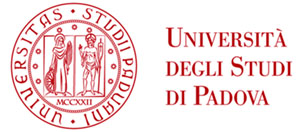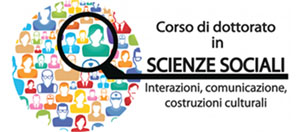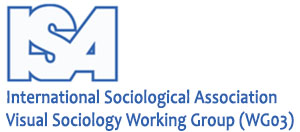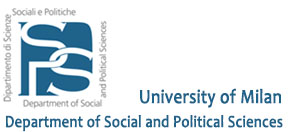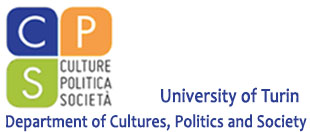Speaker Abstracts
10th September 2015
Aula 1 (first floor), Via Cesarotti, 10/12
FISPPA Department, University of Padova (Italy)
-
Gary Bratchford (Manchester Metropolitan University)
Framing the Visible – the representation, distribution and visibility of political action
Visibility is not just an aesthetic phenomenon, but also a means and an effect of power. This is why Andrea Brighenti observes that: ‘Visibility lies at the intersection of the two domains of aesthetics (relations of perception) and politics (relations of power)’ (2007). As such, visibility is therefore a matter of being seen in particular ways and in particular places in order to have the greatest political impact (Faulkner, 2014). (read more…)
-
Luigi Gariglio (University of Milano)
Doing Photo-elicitation in prison ethnography: unpacking prison officers use of force
Since the English Prison Today was published in 1922, research on British prisons is occasionally illustrated with photographs. Yet, rarely, have visual methods been used critically in (prison) ethnography (Wagner 1979; Margolis and Pawels 2011); image-making and images themselves have been used illustratively rather than as constitutive sites of knowledge production (Sekula 1975; Tagg 1988) and, therefore, as objects to be interrogated in their own right by the researcher through, for example, participant collaboration. (read more…)
-
Wendy Luttrell (City University of New York))
Making social research more visual and more public
This presentation focuses on the use of photography and video as a means of following the lives and educational trajectories of thirty-six children growing up in urban, poor and working-class, racially diverse and immigrant communities in the northeastern U.S. city of Worcester, MA., USA. The children were given cameras to represent their everyday family, school and community lives at ages 10, 12, 16 and 18. (read more…)
-
Lorenzo Natali (University of Milano-Bicocca)
For a green criminology ‘with’ images: visually exploring the social perception of environmental harm
Among the events that ‘knock on the door’ of contemporary criminology, environmental risks and harms, together with the dimensions of injustice and responsibility that are tied to them, are some of the most significant of our time. To invite these events to enter the criminological building necessarily implies a rethinking of the architectural lines and of the innumerable ‘rooms’ that, within our field, accommodate various disciplines and different kinds of knowledge. In this sense, the study of ‘green crime’ requires new modes of observation of the world and new methods capable of synchronizing with the spatial and the temporal dimensions of the ongoing changes. (read more…)
Partners:

